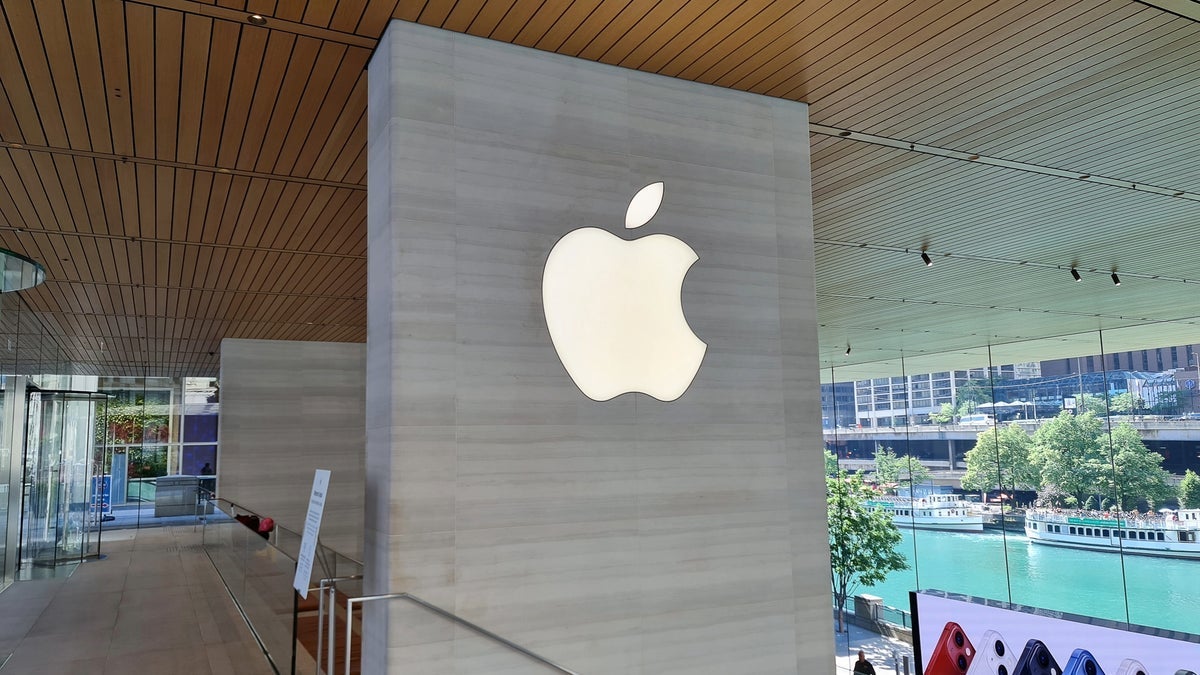Every time two beams of particles collide inside an accelerator, the universe lets us in on a little secret. Sometimes it’s a particle no one has ever seen. Other times, it’s a fleeting glimpse of conditions that last existed in the first moments after the Big Bang. A particle accelerator is the machine that makes those collisions possible. Its job is straightforward to describe: Take tiny charged particles and drive them to extreme speeds so the resulting collisions carry enough force to break matter apart. However, pure speed isn’t the point; the goal is to create collisions so energetic that the building blocks of nature are forced into view.
To make that happen, physicists depend on two key tools. One provides the push: electric fields, timed like a series of well-placed shoves that keep the particles gaining energy step after step. The other handles control: magnetic fields, which bend the beams around corners and focuses them into concentrated streams, allowing them to actually meet.
Now, some accelerators fire particles down a straight tunnel. Others use enormous underground rings, where beams circle thousands of times, each lap adding to the energy of the racing particles. By the time they collide, they can briefly mimic the first moments of the universe’. That’s actually how experiments proved quarks are real, even though none have ever been isolated, and how the Higgs boson was finally confirmed decades after it was predicted.
Inside the Large Hadron Collider
Tracking down the Higgs needed more than a clever idea, though. It needed a machine that could drive particles harder than anything before it: the Large Hadron Collider. Sitting in a 17-mile circular tunnel beneath the French–Swiss border, the LHC takes every basic idea behind particle acceleration and pushes it to a new level.
Here’s how it works: inside the ring runs a vacuum pipe that’s cleaner than outer space (though the cosmos have far better fireworks than we’ll ever have on Earth). Protons travel through it in tight bunches, circling the loop thousands of times every second. Along the way, they pass through sections called radio-frequency cavities — these are like the engine pistons of the collider. Instead of one massive jolt, each cavity gives the protons a tiny, precisely timed kick, adding a bit more speed each lap until they’re just shy of light speed.
But speeding them up is only half the challenge. Thousands of superconducting magnets run the length of the tunnel, each one bathed in liquid helium until it’s just a couple of degrees above absolute zero, about -271 degrees Celsius. The beams themselves loop in opposite directions, so fast they’re effectively light’s shadow, working up to 99.999 percent of its speed.
At four spots around the ring, those beams finally cross paths. That’s where the detectors wait: building-sized stacks of electronics that can see what happens when two protons collide hard enough to split reality open for a moment. Most of what they record looks routine. Still, every now and then, a tiny signal breaks the pattern, something that shouldn’t quite be there. One of those odd events, spotted in 2012, led scientists straight to the Higgs boson, the long-imagined particle that helps explain why matter has mass.
What we’re really after
When two particles collide, the point isn’t looking for an explosion that defies all expectations, but rather the silence right after it — that fraction of a second when the pieces fall apart just enough to show what’s inside. In those traces, scientists look for patterns that might explain how the world holds together. Sometimes they find confirmation of what’s expected (or what they hope to find). Other times, they find something that doesn’t belong, a small clue that says our picture of reality still has gaps.
These experiments aren’t just about hunting for new particles. They’re about testing whether our idea of the universe still makes sense when pushed to its edge. Even the Higgs, once the missing piece, raised more questions than it settled. The more precisely we measure, the stranger things become, and maybe that’s the best outcome. Because the real reason we build these enormous rings underground isn’t only to understand how matter began back at the start of the universe, during the Big Bang, but to remember that mystery still exists, and that we haven’t reached the end of asking.









